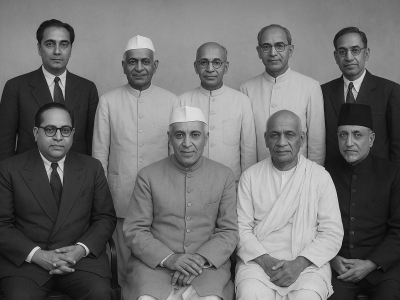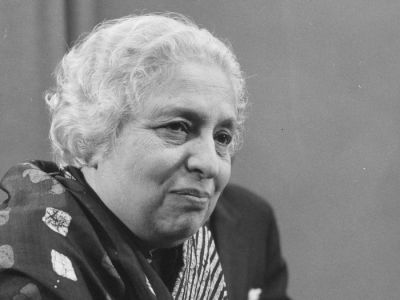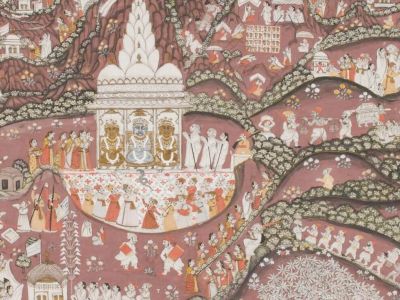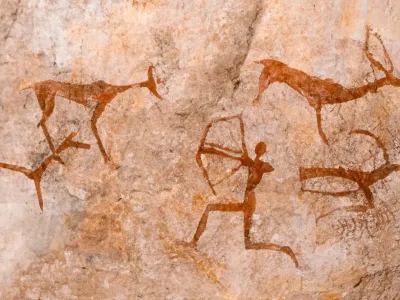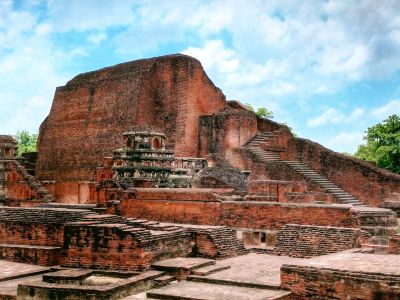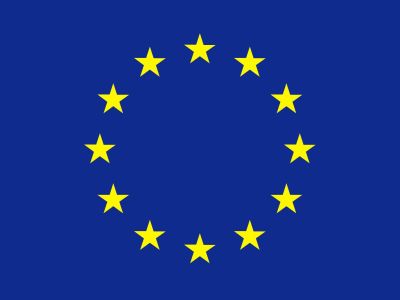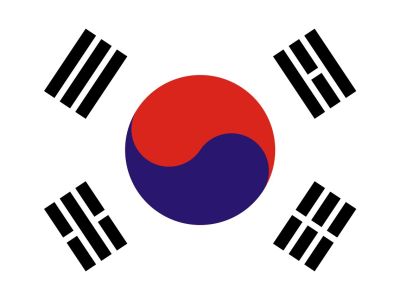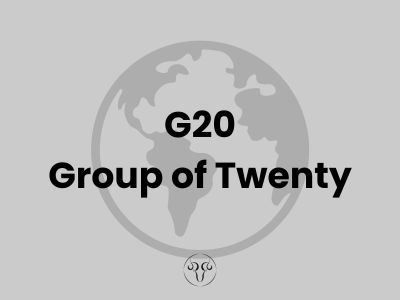Rwanda - Genocide of Tutsis
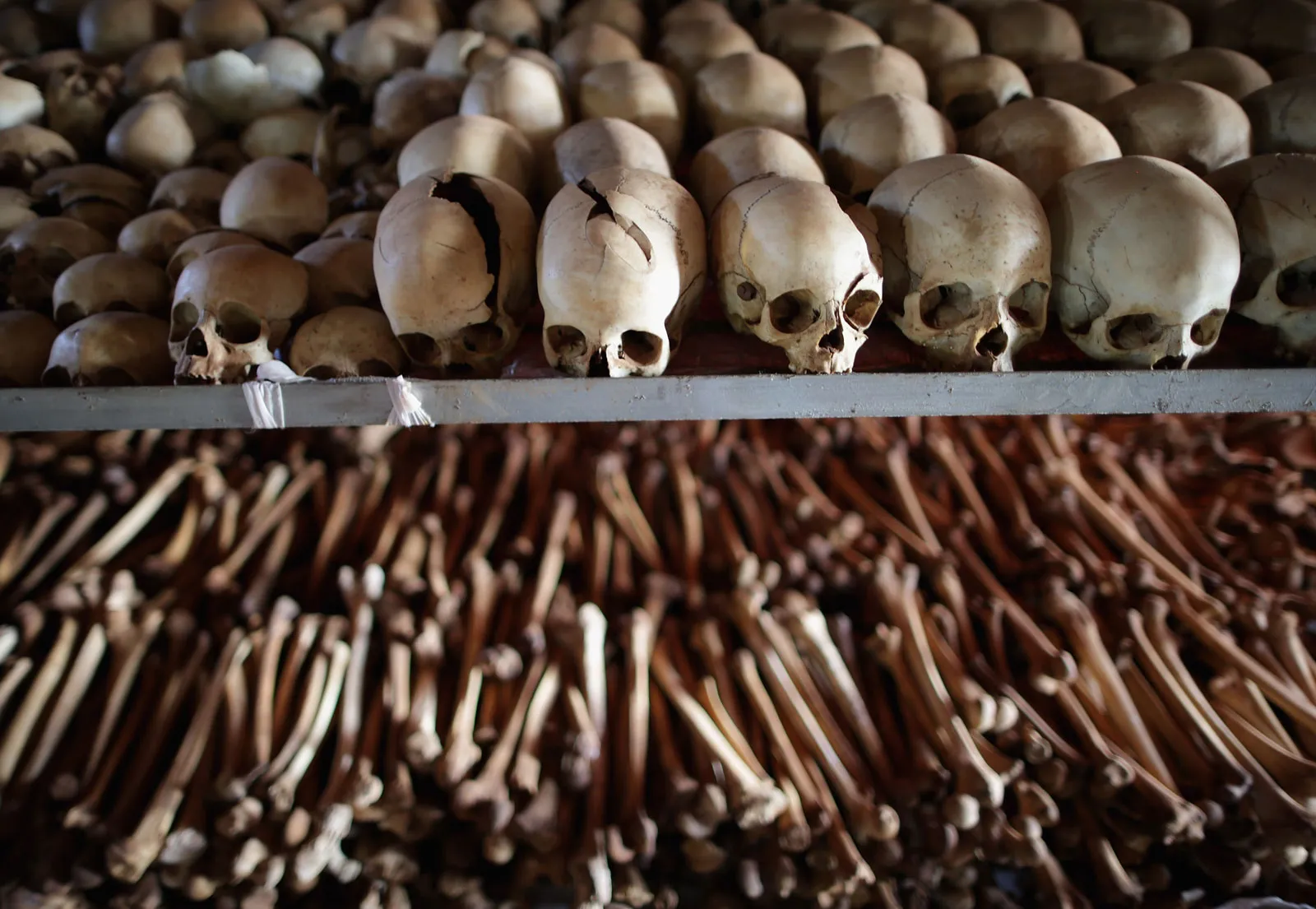
The Rwanda genocide of 1994 stands as one of the most harrowing and tragic events in recent history, marked by mass violence, ethnic tension, and international indifference. The genocide targeted the Tutsi ethnic group and moderate Hutus, resulting in the brutal killing of an estimated near million people in just 100 days. This article delves into the causes, events, and consequences of this devastating episode.
Historical Background
To understand the depth and complexity of the Rwanda genocide, it is crucial to grasp the historical context of ethnic relations in Rwanda. The Rwandan population is predominantly composed of two ethnic groups: the Hutus, who make up about 85% of the population, and the Tutsis, who constitute around 14%. Historically, these groups coexisted in a complex social and economic system, with the Tutsis often occupying positions of privilege in society.
During the colonial era, Rwanda was a German and then Belgian colony. The Belgians, seeking to exploit ethnic differences to strengthen their control, introduced identity cards in the 1930s that labeled individuals as either Hutu or Tutsi, based on arbitrary physical characteristics and cattle ownership. This division deepened ethnic tensions and sowed the seeds for future conflict.
Immediate Causes
In the years leading up to the genocide, Rwanda was experiencing political instability and economic hardship. The assassination of President Juvénal Habyarimana, a Hutu, in April 1994, marked the spark that ignited the genocide. His death, caused by a missile attack on his plane, remains a contentious event, with blame often placed on extremist Hutu groups.
Following Habyarimana's death, Hutu extremists, backed by the government, military, and media, launched a meticulously planned campaign to exterminate the Tutsi population and moderate Hutus. Radio stations and newspapers disseminated hate propaganda, dehumanizing the Tutsis and portraying them as enemies of the state.
The Genocide Unfolds
Almost immediately after Habyarimana's assassination, roadblocks were set up across the country, and lists of Tutsi and moderate Hutu individuals were distributed to militia groups, known as the Interahamwe and Impuzamugambi. Armed with machetes, guns, and other weapons, these groups began systematic killings, often targeting Tutsis based on the information provided on the lists.
The international community, including the United Nations and major world powers, failed to intervene effectively. Despite early warnings and pleas for assistance, the response was largely characterized by indecision, political maneuvering, and a reluctance to label the events as genocide, which would have mandated international intervention under the 1948 Genocide Convention.
Aftermath and Legacy
By July 1994, the genocide had largely ended, but the human toll was staggering. An estimated 800,000 people, mostly Tutsis, had been brutally murdered, and countless others were left traumatized and displaced. The social fabric of Rwanda was torn apart, leaving scars that would take decades to heal.
In the aftermath of the genocide, the Rwandan Patriotic Front (RPF), a Tutsi-led rebel group, seized power and established a new government under the leadership of Paul Kagame. Kagame's regime has since been credited with stabilizing the country, promoting reconciliation, and overseeing impressive economic growth. However, critics argue that the government has been authoritarian and has suppressed dissent in the name of national unity.
Internationally, the Rwanda genocide served as a wake-up call about the dangers of ethnic hatred and the devastating consequences of inaction in the face of mass atrocities. It prompted renewed discussions about the responsibility to protect and the need for international mechanisms to prevent and respond to genocide and other crimes against humanity.
Kwibuka: Remembering the Rwanda Genocide
Kwibuka, meaning "remember" in Kinyarwanda, is the annual commemoration of the Rwanda genocide against the Tutsi, observed on April 7th. This day serves as a poignant reminder of the tragic events that unfolded over 100 days in 1994, resulting in the brutal killing of an estimated 800,000 people, predominantly Tutsis, as well as moderate Hutus.
Kwibuka is a time for reflection, mourning, and honoring the memory of the victims. Throughout Rwanda and in Rwandan communities worldwide, ceremonies, memorial services, and educational events are held to commemorate the lives lost and to ensure that the atrocities of the genocide are never forgotten.
The Kwibuka period lasts for 100 days, mirroring the duration of the genocide, and concludes on July 4th, the day the Rwandan Patriotic Front (RPF) halted the genocide in 1994. During this time, the nation comes together to reflect on the past, pay tribute to the victims, and reaffirm the commitment to rebuilding a united and peaceful Rwanda.
The Kwibuka commemorations include lighting the Flame of Remembrance, which burns throughout the 100 days at the Kigali Genocide Memorial, and a National Commemoration event attended by dignitaries, survivors, and the general public. Additionally, "Walk to Remember" events are organized where participants walk from various parts of the country to the capital, Kigali, to honor the memory of the victims.
Kwibuka is not only a time to remember the past but also a time to reflect on the present and the future. It serves as a reminder of the importance of unity, reconciliation, and the prevention of genocide and other mass atrocities. Through Kwibuka, Rwanda reaffirms its commitment to ensuring that the horrors of the genocide are never repeated and that the country continues to heal and move forward towards a brighter future.
Rwanda Genocide Remembrance Day: Honoring the Victims and Reflecting on the Past
Rwanda Genocide Remembrance Day, observed annually on April 7th, serves as a solemn occasion to remember the victims of the 1994 genocide against the Tutsi ethnic group and moderate Hutus in Rwanda. This day is a reminder of the tragic events that unfolded over 100 days, resulting in the brutal killing of an estimated 800,000 people.
On this day, ceremonies and memorials are held throughout Rwanda and around the world to honor the memory of those who lost their lives. The day is marked by moments of silence, candlelight vigils, and reflections on the dark chapter in human history.
It is also a day to reaffirm the commitment to never forget the atrocities committed and to work towards preventing such horrors from occurring in the future. The international community is urged to reflect on its failure to intervene effectively during the genocide and to strengthen efforts to prevent genocide and other mass atrocities. Rwanda Genocide Remembrance Day is not only a day of mourning but also a day of resilience and hope, as Rwanda continues its journey of healing, reconciliation, and rebuilding.
The Rwanda genocide of 1994 remains a haunting reminder of the darkest aspects of human nature and the catastrophic consequences of ethnic hatred and political extremism. It underscores the importance of vigilance, international cooperation, and the commitment to human rights and dignity. As the world reflects on this tragic chapter in history, it serves as a solemn reminder of the need to prevent such atrocities from ever happening again.
The wounds of the Rwanda genocide continue to resonate, and the journey towards true reconciliation and healing is ongoing. It is a testament to the resilience and determination of the Rwandan people that they have made strides towards rebuilding their nation and fostering unity among its diverse population.
